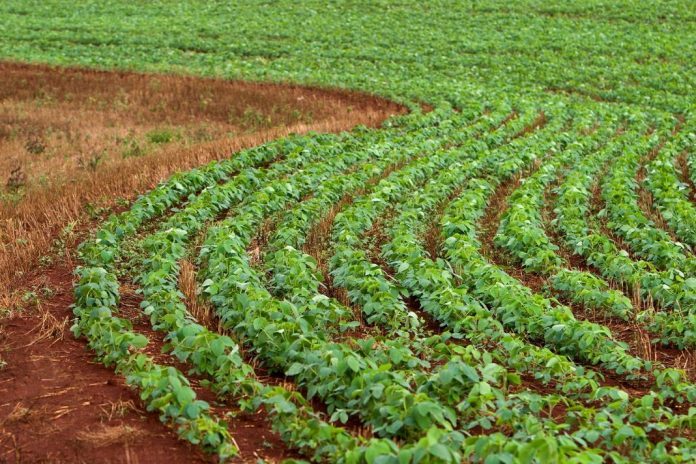Should salmon farmers take their share of the blame for deforestation in the Amazon?
The Amazon is on fire. The images flicker across the TV screen. Filling in the gaps in newspapers and feeds on social media. The rainforest, the world’s lungs with its vast richness of species is threatened by deforestation.
Norwegian media emphasized farmed salmon as an important contributor to forest fires and deforestation. Salmon is part of the problem, not part of the solution, they say.
Conscience
The companies themselves have contributed. Both Mowi and Skretting have, in good faith and on their own initiative, gone to the the media with their concerns. To ease their conscience and to take responsibility, Mowi, the world’s largest salmon farmer has said that it is open to stop buying 40,000 tonnes of certified soy that has not even been produced in the Amazon.
They are under pressure from activists and sustainability investors, such as KLP, Norway’s largest pension company. The Future in our Hands and the Regnskogfondet (Rainforest Foundation Norway) have long done a good job of pinning the problem on Norwegian salmon. Salmon farmers should feel the #soyashame.

Culprit
But who is behind the deforestation in the Amazon?
In the Brazilian part of the Amazon, 200 million cattle graze, according to Dagens Næringsliv. Cattle farming accounts for 80 per-cent of deforestation in the Amazon. After 15-20 years of cattle farming, the pasture is so depleted that it is sold to the soya producers. And here it produces a lot of soy. In the 2017/2018 season, Brazil produced 119.3 million tonnes of soybeans, according to Statista.com.
So cattle are the primary problem for the rainforest, but soy plantations are also important. So, who eats soybeans?
Like so many other raw materials, it is China that consumes the most soy flour in the world. 66.5 million tonnes at the last item count, shows Indexmundi.com. A significant portion of this is swallowed by the country’s 600 million pigs, an important part of the regular Chinese menu.
Drinking
Norway is also in 57th place on the list of the world’s largest soybean consumers. Norway is undoubtedly big in the production of farmed salmon, but salmon is a vanishingly small part of the world’s food supply. Salmon eat just 0.1 per cent of Brazil’s soya. This is not where the battle lies.
Then, of course, one can argue that many small streams make a great stream. Everything accumulates. One should not deny that relatively little consumption can be part of a comprehensive global problem.
However, at a time when labels and hashtags are being used as weapons in the climate battle, #meatshame should come high on the list. First and foremost since we eat so much meat. Many times a week. But also since meat production is an inefficient way of converting feedstock to protein sources such as animals, poultry and fish.
Climate
While cattle has a feed conversion rate – the amount of feed needed to produce a kilo of meat – at eight, while pigs are at four. A lot of area, fertilizer and plenty of water are needed to provide enough feed.
Fish do not use energy to stay upright, do not use energy to heat the body, and need just 1.2 kilos of feed to form one kilograms of fish meat.
Fish is a climate winner. Farmed fish, not necessarily salmon, are part of the solution, not the problem.
Therefore, activists should reduce steak and bacon from the menu and add an extra fish dinner a week. The battle is first and foremost on the plate. We should use our consumer power and take responsibility for ourselves. It is not just on health benefits that beef and bacon score low. For the rainforest and climate, we should all be more aware of what we eat.


